Knowing the definition of sales funnel vs marketing funnels is deemed necessary to know the thin line between the two essential ingredients.
The goal of every business owner is to make profits. But profit-making is impossible without sales and traction. To achieve this goal, there must be a clear understanding and application of marketing strategies and procedures.
Instead of changing potential customers to regular buyers, sales and marketing funnels often lead to complications in some business environments.
In this article, I highlight the distinct features of each funnel and compare and contrast them for a better understanding
Ready? Let’s dive in.
What’s a Marketing Funnel?
A marketing funnel helps prospects to know a brand better. A marketing funnel advertises a product or service in order to give leads a reason to buy.
Marketing is an integral growth strategy for brands desirous of increasing visibility and gaining a competitive edge over their competitors in a saturated market. As such, a marketing funnel is a system that guides potential customers through the entire purchase journey.
The scope of the marketing funnel ranges from the first time prospects get to know about the brand and interact with it, to the point where they develop the urge to buy a product or use your service. All the process involved in that particular stage is what the marketing funnel is about.
Types of Marketing Funnels
A marketing funnel is such a broad term with different layers, so talking about it without the diverse kinds of mini-marketing funnels isn’t enough. Here are some of the different types of marketing funnels:
· Content marketing funnels are uniquely designed to drive traffic to your website by creating compelling content. As soon as you achieve this, you can subsequently convert those visitors into leads or buying customers with other types of marketing funnels.
· Webinar funnels are used to promote and sell products or services through webinars. This usually involves an opt-in offer that’s followed by a series of emails promoting the webinar. Most times, there’s a post-webinar offer for those who attended (and hopefully bought something!).
· Lead magnet funnel is a strategy funnel designed to capture leads by offering them something of value in exchange for their phone number or email address. This could be a report, signing up to your newsletter, free e-book, video series, or anything else that’s valuable to your target audience
· Email funnels, like the name suggests, are designed to promote products or services through various email campaigns scheduled to be sent over a specific period (such as weekly, fortnightly, or monthly). Each of these emails has its own specific purpose and message.
· Conversion funnels are action-driven. They are designed to get a website or blog viewers to take a specific action, like subscribing to a newsletter, downloading an e-book, or buying a product.
· Video marketing funnels are quite similar to content marketing funnels. However, instead of driving traffic to a written website or blog content, they drive traffic to videos. These can be educational videos, promotional videos, product demonstration videos, or anything else that’s relevant to your target audience.
What’s Sales Funnel?
If you have read up until this point, by now, you know that a marketing funnel focuses on presenting a brand to diverse audiences. Its focus is to capture prospects who can easily convert into paying customers. When such prospects are identified, and they develop an interest in the product or service, the sales funnel stage begins.
At this point, the prospect becomes a sales prospect. The sales funnel deals with the leads (from the marketing funnel), enticing them to buy, not once but as often as possible, making them repeat customers.
Adopting a sales funnel strategy simplifies marketing. Sales funnel is a critical tool you need as a digital marketer or business owner. Not only is it used to trace the journey of your prospective clients till they get to the final buying process, but you can use it as a metric to detect what is working effectively and what isn’t in your business.
Most businesses, whether online or brick-and-mortar shops, use this model to effectively track their B2C marketing efforts in every stage of the sales funnel.
The four basic Sales Funnel stages are:
- Awareness
- Interest
- Desire
- Action
In a nutshell, sales funnel is the system that guides a sales prospect from the marketing stage to conversion. The funnel is at the narrowest end of the cone-shaped marketing funnel.
B2B Vs B2C Marketing Funnels
Creating a sales funnel isn’t a one-size-fits-all strategy. Depending on your industry and target market, it varies.
For a B2B (business-to-business) company, the sales funnel may take weeks, months, or years to convert. When customers get into your sales funnel, they first become leads when filling out their contact info. How do they get there? They probably come to you through a trade show, ad, or recommendation from another client.
After weeks or months of marketing to your prospects, they finally reach out for a contract.
B2C (business to customer) aims at the individual consumer. The sales cycle can be as short as 5-10 minutes, depending on your product or service.
Similarities between Sales funnel and Marketing funnel
- They help businesses to visualize their customers’ journey
- They focus on maximizing sales through product recognition or brand recognition
- They develop tactics, processes, strategies, and tools to optimize every stage
Difference between Marketing Funnel and Sales Funnel
There’s no much difference between the two terms. As a matter of fact, they are used interchangeably, such that splitting them up is hard. However, the notable difference between the two terms is primarily evident in the distinct task each one performs.
Each has its unique journey map that outlines the progress of a prospective customer from start to finish.
· Sales funnel guides a prospective customer from the marketing stage to the conversion point. In contrast, the marketing funnel converts a lead or a prospect into a customer.
· Sales funnel aims at making more product or service sales, while marketing funnel aims at brand recognition and image.
- The sales funnel maintains consumers’ interest, while the marketing funnel creates consumers’ interest.
The marketing funnel creates awareness and builds the interest of the prospect, and the bottom of its funnel marks the top of the sales funnel. Consequently, the activities of the sales funnel are powered by marketing activities at the top of the marketing echelon.
Conclusion:
While funnels are called different names and perform distinct functions, they all work towards the same goal: to create awareness, convert leads, generate sales, and record every step the customer took before conversion.
The ultimate goal of developing a sales or marketing funnel is to turn prospective buyers into paying customers. Achieving this goal is not a straightforward process due to tight competitive markets. However, with the right technology tools and strategy, it’s possible to stand out, even in a saturated industry.
Congratulations! on reading the entire blog. As a way to congratulate you, here is a coupon code SASA-SBSF-2022 to give you a 10% discount on your next purchase.
The discount code is valid for two weeks only

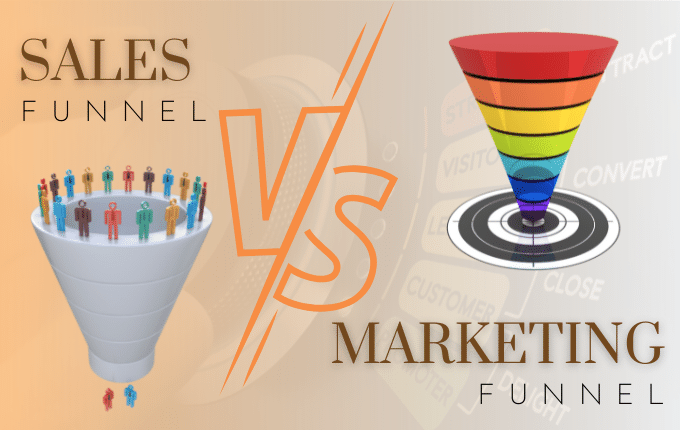


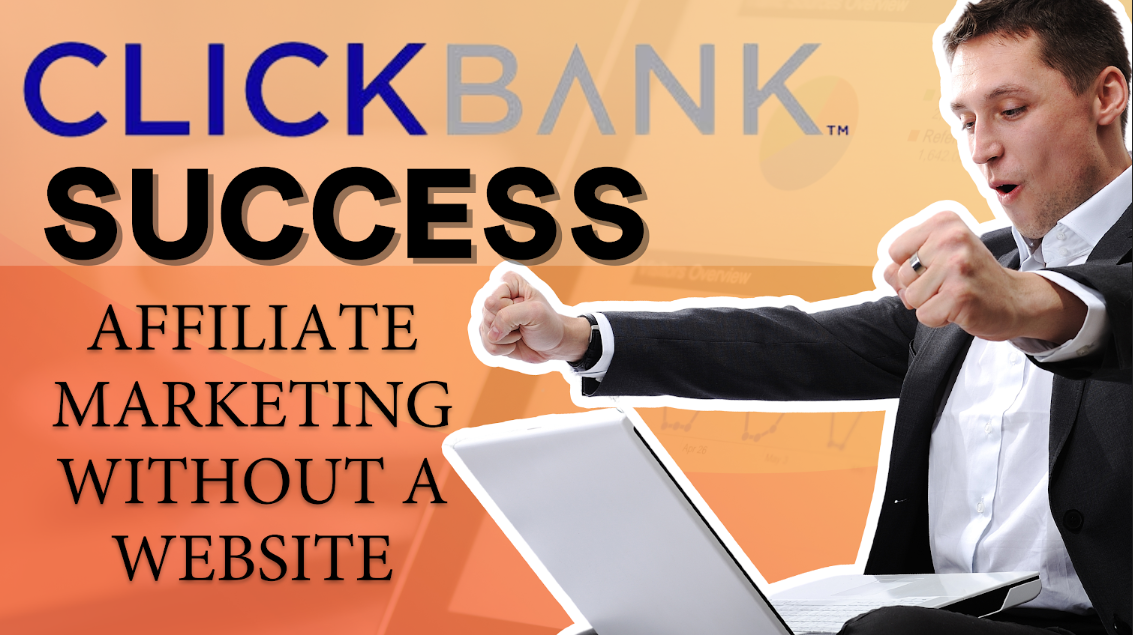
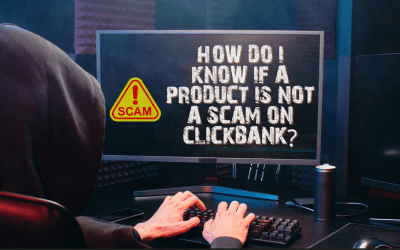
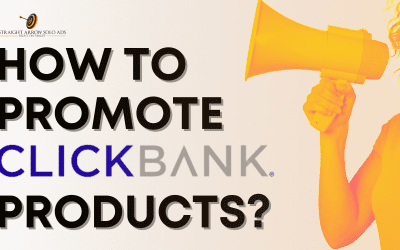
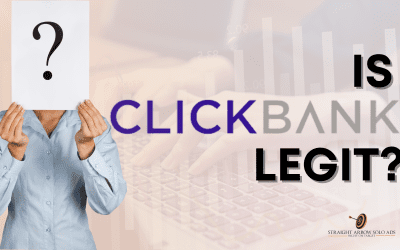

Hi Chris,
Interesting post concerning the difference between marketing funnels and a sales funnel.
I never really broke down the difference between the two. Actually I wasn’t aware of a marketing funnel.
I lumped the two together.
But now reading the post I see that there’s not that much difference between the two in the long run.
I guess I can say my squeeze landing page marketing to the sales page. I’m just happy there’s software that makes it all much easier.
I enjoyed it and I’m pleasantly please reading it, because of the bonus coupon code.
Thanks,
-Ken